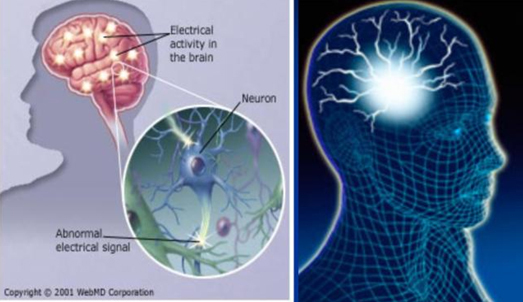Impaired sexual activity and sexual function problems are more common among young women than men in the year following a heart attack, finds a study published in JAMA Cardiology.
![[Young woman clutching her chest]](http://www.medicinetechnews.com/images/201609/young-woman-clutching-her-chest.jpg)
More women than men who reported no sexual problems at study baseline developed problems in the year after the heart attack.
Almost 20 percent of acute myocardial infarctions, also known as AMIs – or more universally as heart attacks – occur among people between the ages of 18-55 years, and one third of these people are women.
While most younger adults who experience a heart attack are reported to be sexually active before the event, little is known about sexual activity or sexual function of those patients in the period following a heart attack.
Previous studies have shown women to be less likely than men to receive counseling about sex after a heart attack.
Stacy Tessler Lindau, M.D., M.A.P.P., of the University of Chicago, and colleagues conducted research to analyze patterns of sexual activity and function and identify indicators of a decrease in sexual activity in the year after a heart attack.
The team used data from the Variation in Recovery: Role of Gender on Outcomes of Young AMI Patients (VIRGO) study – a multicenter study of U.S. and Spanish patients that investigates the differences in the paths of recovery between men and women in the year after heart attack – which took place from 2008-2012.
The VIRGO study includes data on sexual activity and function of heart attack patients from 103 U.S. hospitals and 24 Spanish hospitals. Participants were assessed at entry to the study (baseline), at 1 month and 1 year.
A total of 2,802 patients between the ages of 18-55 years were included in the analysis, of which 1,889 – 67.4 percent – were women. The average age of participants was 49 years.
Men more likely than women to resume sexual activity
Results showed that among patients who were sexually active at baseline, men (64 percent) were more likely than women (55 percent) to have resumed sexual activity by 1 month and by 1 year – 94 percent and 91, respectively – after a heart attack.
Among people who were sexually active before and after a heart attack, 40 percent of women and 55 percent of men reported no sexual function problems in the year after the attack. Additionally, more women than men – 42 percent versus 31 percent – who reported no sexual problems on entry to the study developed one or more problems in the year after the heart attack.
At the 1-year follow-up, the most common sexual problems among women included lack of interest (40 percent), trouble lubricating (22 percent), and difficulty breathing (20 percent). Erectile difficulties (22 percent), lack of interest (19 percent), and anxiety about sexual performance (16 percent) were the most common problems among men.
Few men across all hospitals in both the U.S. and Spain reported the use of medications to treat erectile dysfunction at baseline, 1 month, or 1 year after a heart attack.
Patients who had not communicated with a physician about sex in the first month following a heart attack were more likely to delay resuming sexual activity. In the year after the attack, women were less likely (27 percent) than men (41 percent) to receive counseling regarding restarting sexual activity.
Findings could help expand couseling, care guidelines
Significant indicators of the probability of never resuming sexual activity in the year following heart attack included older age, unpartnered status, higher stress levels, and diabetes.
The authors write:
“Patients want to know what level of sexual function to expect during recovery from AMI. Our findings can be used to expand counseling and care guidelines to include recommendations for advising patients on what to expect in terms of post-AMI sexual activity and function. Attention to modifiable risk factors and improved physician counseling may be important levers for improving sexual function outcomes for young women and men after AMI.”
Limitations of the study include that the findings relied on patient self-reporting, which may have introduced recall bias, and a higher proportion of partnered people in the analytic sample could produce an upward bias on the sexual activity and sexual problem estimates.
Finally, a larger sample size and additional data would be needed to examine the effects of specific comorbidities, medications, procedures, tests, and effects of rehabilitation, prolonged or rehospitalization, or a subsequent heart attack or other health events on sexual activity.
“Understanding the effect of these factors on sexual outcomes could allow for more-tailored counseling according to individual risk for loss of sexual activity or function after AMI,” the authors conclude.
In an accompanying commentary, Kevin Weinfurt, Ph.D., says: “What is needed now is a commitment from sponsors and investigators to do more work that includes sexual outcomes for other cardiac conditions so that we can improve understanding of the factors that lead to better or worse sexual outcomes.”
“We also require a corresponding commitment from physicians to address sexual functioning with their patients to manage patients’ expectations and offer help when it is needed,” he adds.
Read about how younger heart attack survivors are at a higher risk of early heart disease death.



